Presented by Garmin and featuring Hillsound Equipment
First ice is a special time of year for ice anglers across the north…
Now, when I say first ice, I’m sure most of you are picturing the same thing: early-mid December, small lakes, Christmas decorations in the distant background…”
Well, not this year.
This year, despite a cold November, December and January saw cool weather followed by consistent warm fronts that brought with it rain, wind, and other ice-killing elements. It was so mild, in fact, that just a week before I ventured onto the ice, IN MID-JANUARY, Pete was out in his boat, on the same lake, trolling for open-water walleye!
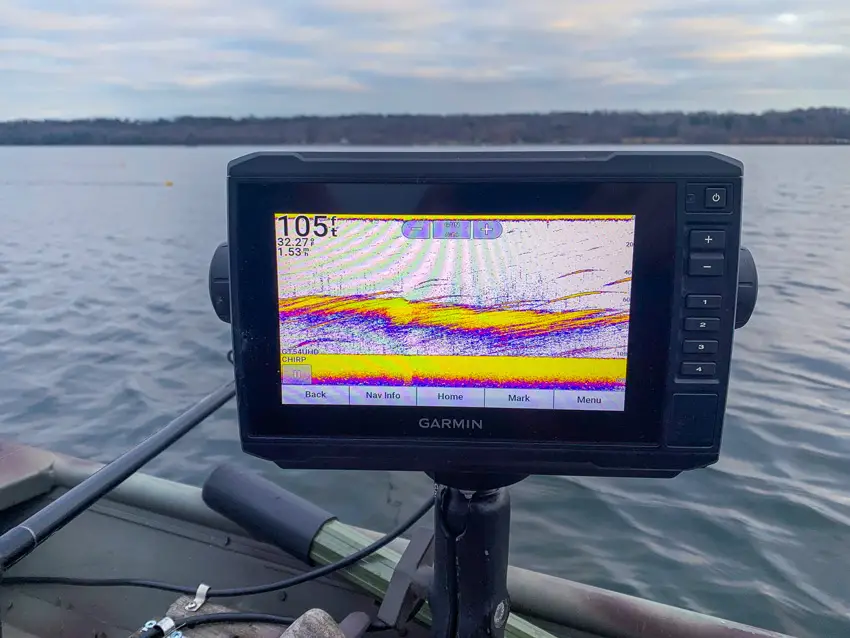
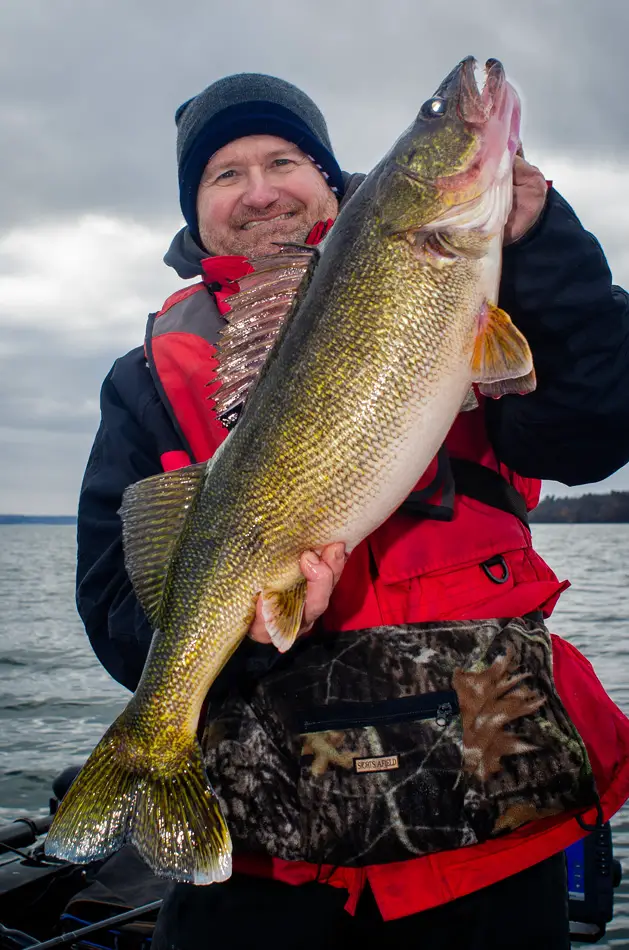
Thankfully for me (less so for Pete), this warm spell was the final one to roll through and the freezing temperatures that followed it were enough to force Pete’s boat into storage, lock up the boat launches, and begin hardening the recently wide-open Bay of Quinte.
As I approached my first weekend of cold temperatures, however, I decided to do what I thought was the sensible thing, head north and hit small back lakes for close-to-shore Splake rather than venture onto the freshly frozen bay.
Now, when I say playing it safe, I’m talking about the ice. With warm years like this, the saying ‘no ice is safe ice’ is especially true, and you should always check the lake for yourself before venturing out. The way I do this is with a spud.
Spuds are essentially a glorified walking stick, but they can truly be lifesavers during the early parts of the season. These 5-foot, 20-pound bars are heavy enough to dive roughly 1 inch into the ice when giving it a strong poke.
For me, 3 to 4 good hits of the ice ahead of me and I know I’m walking on 4-inches of ice, enough to hold roughly 600 pounds. Now, not all ice is equal, but, for more of that, you will have to check out a previous article we put together.
Day 1:
Once I spudded my way out and knew the ice was safe, I set up my pop-up hut, hand drilled a few holes for me and my Livescope, and instantly began marking fish in the basin of the lake, just off of a rocky point.
It wasn’t…
It is always a relief when you catch your target species early in the day, but anyone who has spent a lot of time on the water will tell you that it can be a bit suspicious as well. Far too often does that first fish of the day become the ONLY fish of the day…
While I definitely didn’t get skunked, the rest of the day saw me lose 5-6 more aggressive fish, land a few small splake, and catch a handful of 12-inch Perch. Good eating, but not the target. I also ended up with a first for me, a Rock Bass under the ice…
On Moving Spots:
Moving spots, or hole-hopping, is something I have preached far more than I have practiced.
In other words, although I have spent plenty of time telling others that moving spots will be the remedy to their slow fishing, I have often been content toughing out long days in the hut due to the pure convenience of it.
However, this all changed when I got a pullover-style hut and began packing specifically for this style of fishing. In terms of the hut, pullovers are game-changers as you no longer have to worry about pegging down a traditional pop-up or repacking a sled. Simply collapse the hut back into the attached sled, all your stuff still neatly inside, and haul it to the next location.
For quicker experiments, I also bring with me a small collapsible stool. My preference is the Hillsound BTR Stool. These are a bit on the expensive side, but, in my opinion, are worth it for the compactness and weight. At just 14.1 oz and made from 100% nylon mesh, this stool fits seamlessly into my hut, and then into my backpack as I hike around and explore the lake. Whether you are camping, backpacking, hunting, fishing, or practicing backcountry photography the BTR is always Better Than a Rock!
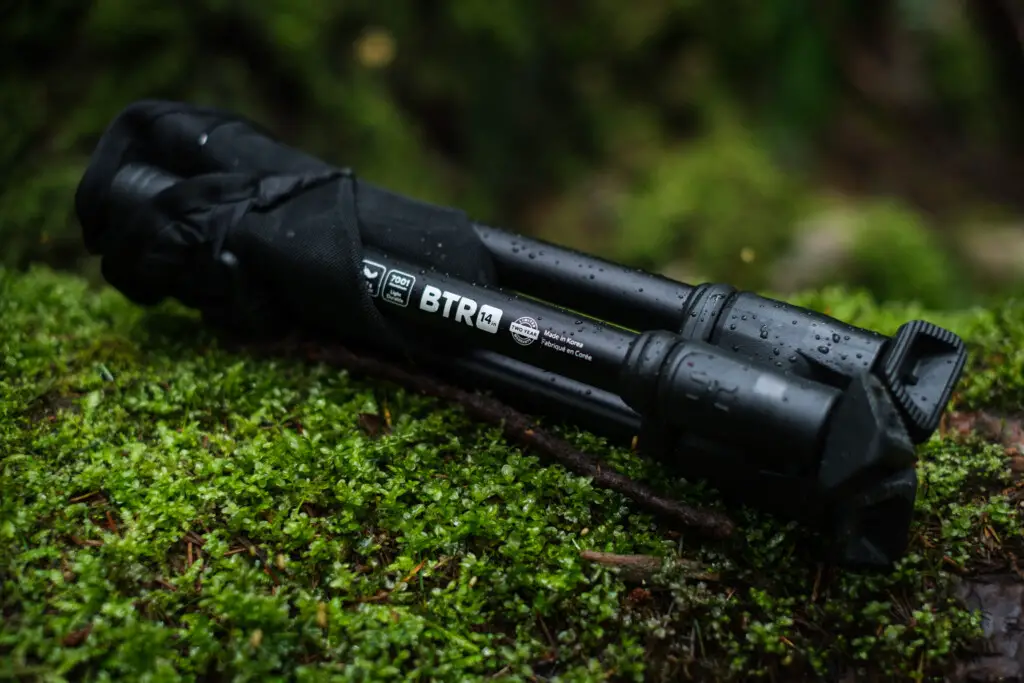
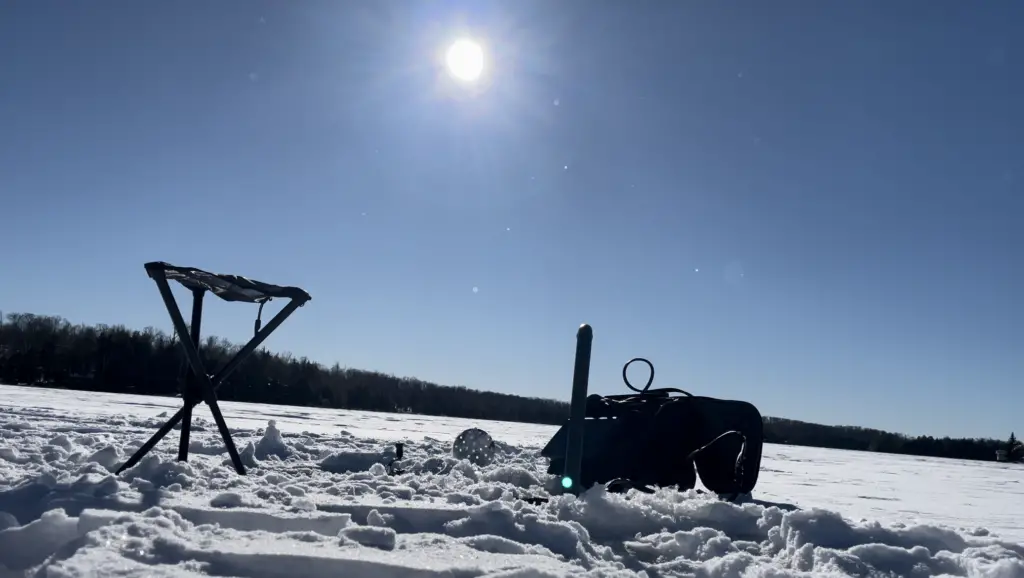
The Hillsound Equipment BTR Stool is compact, lightweight and extremely easy to use.
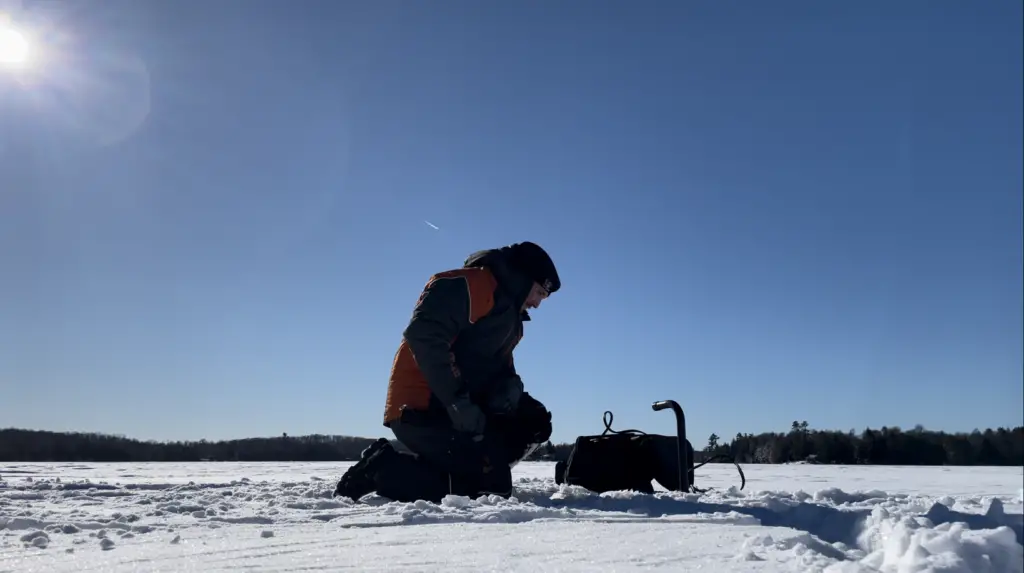
Moving around is especially important when it comes to Splake fishing. As many of you are likely aware, Splake are a cross between a male brook trout and a female Lake Trout. While this does lead to some spectacular colouration, it also creates a fish with a split personality that changes seemingly at will.
One minute, this fish is a Brook Trout cruising the shallows among the wooded debris, the next minute, it’s a Lake Trout, headed deep into the basin.
This behaviour is not only mentally exhausting but, for someone with a heavy hut and a hand auger, physically as well.
Lifeline
While I was wasting my day playing with small Splake and Rock Bass, my phone was sitting in a bag behind me, silently blowing up with messages from a buddy of mine back home.
His name is Brodie Briscoe, my old defence partner in my hockey days and, more recently, my salmon, lake trout, and walleye fishing partner who is about as die-hard as it gets about ice fishing.
So die-hard in fact, that he was texting me about his venture onto the big waters of the Bay of Quinte. His verdict: the ice is safe and the fish are big!
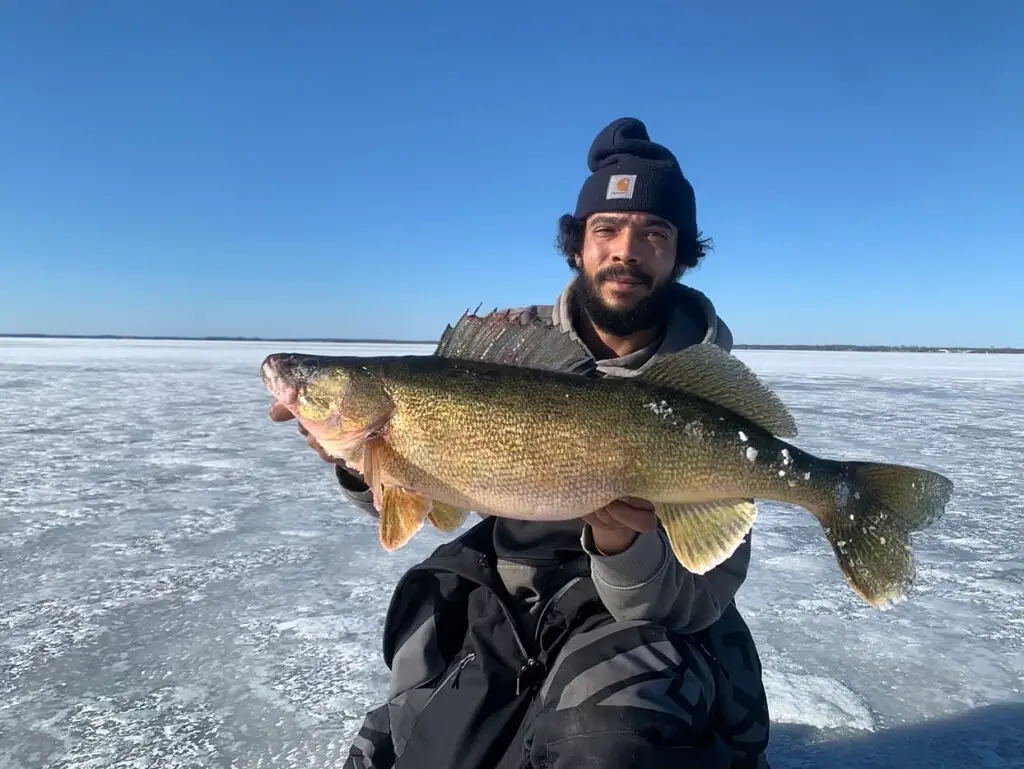
Day 2:
After getting back down to Quinte, repacking, and getting approximately three hours of sleep, Brodie and I hit the road at 4 am to get to our spot before the typical Quinte crowd.
Despite roughly 300 people having the same plan, we eventually found our parking and hit the water. It was not long after daybreak that things started to look promising…
Thankfully, unlike the day before, the first fish I saw on the LiveScope decided not to hit and spared me from another small fish day.
In fact, fish the size of this one continued to move through the entire day, with one in every 30 or so leaving the school to eat my bait.
This type of action continued for nearly 6 HOURS, resulting in 25 fish and a few more that were lost at the hole.
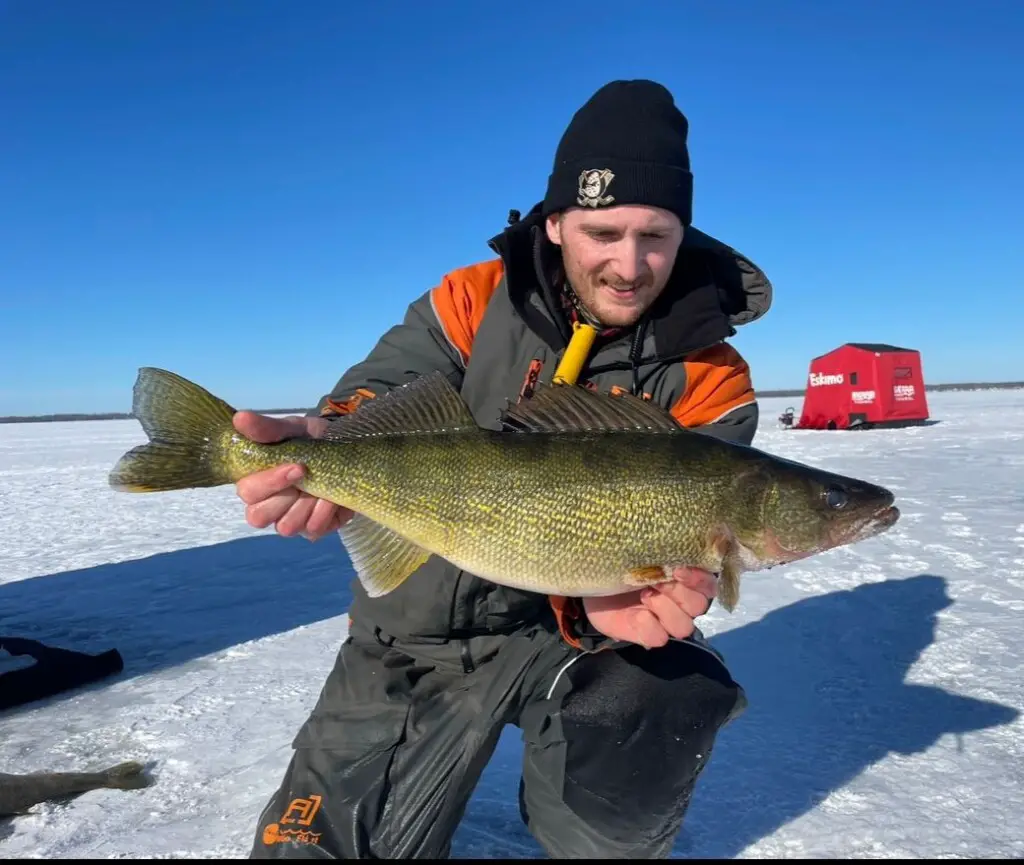
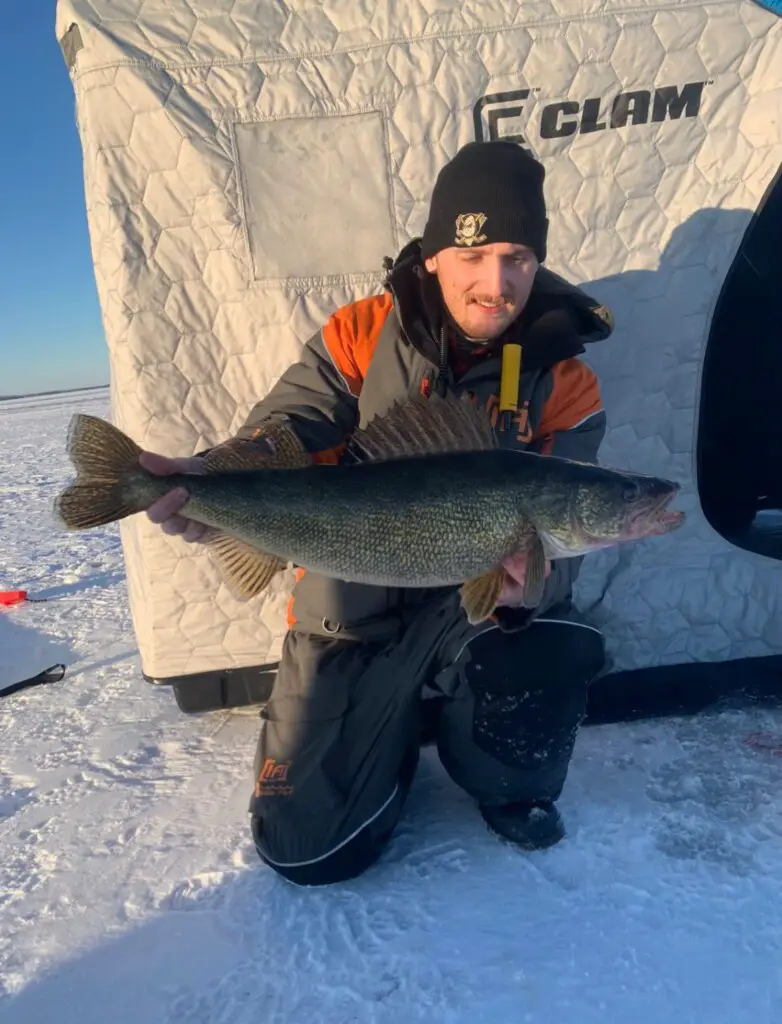
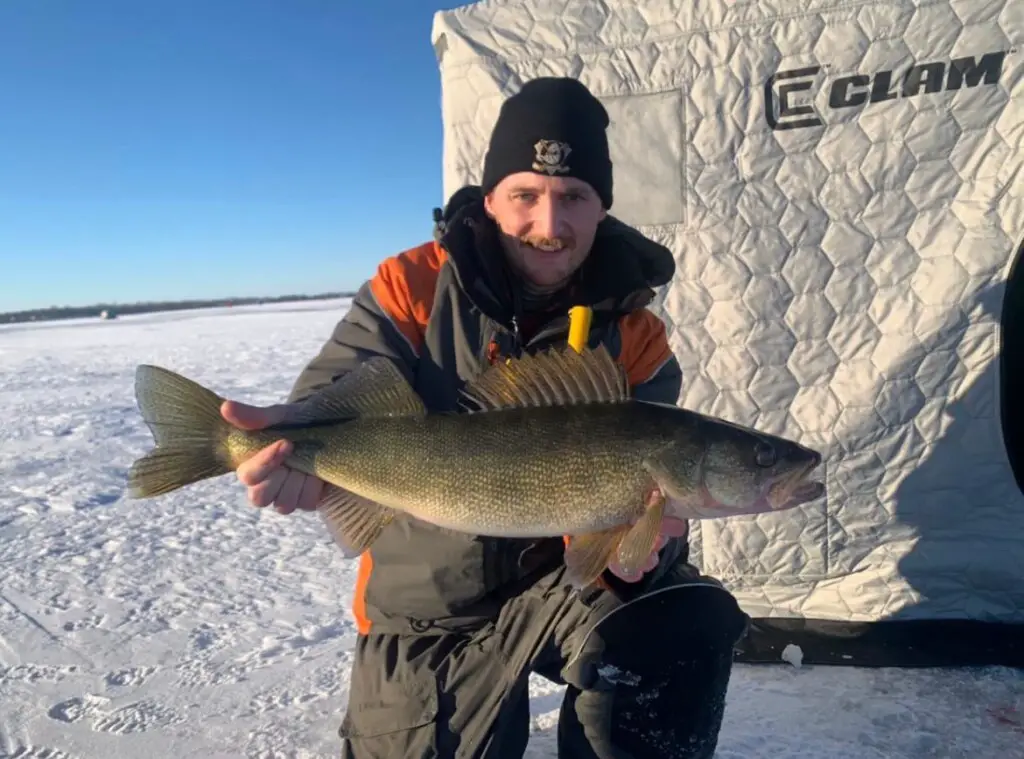
How I Caught ‘Em
Although I could sit here and tell you that my favourite spoon and perfectly decapitated minnow were the reasons I caught these fish, the truth is that just about everybody on the ice is fishing the same thing this time of year and that bait selection matters far less than how you fish them.
This is where my LiveScope came into play.
All of the fish I landed on this day came from drawing fish up the water column, out of their schools, and coercing them into eating. On a traditional fishfinder, these schools would have looked like one massive marking, and rarely would you see the one fish nosing up and showing interest. In fact, my friend Brodie, sitting just 20 feet from me, marked these same schools on his traditional unit and came to the conclusion that they must be schools of Perch.
If you don’t have livescope but find yourself in this same situation, try jigging higher in the column when you see big marks on the bottom. Very rarely do these fish want the spoon dropped directly on their head and many are looking for the “cat and mouse” game depicted in the video above.
Now, although I would never complain about a day like this, that elusive 30″ mark was never quite hit. On the next Garmin Fishing with Electronics blog, I’m going trophy hunting and searching for that true Bay of Quinte Walleye.




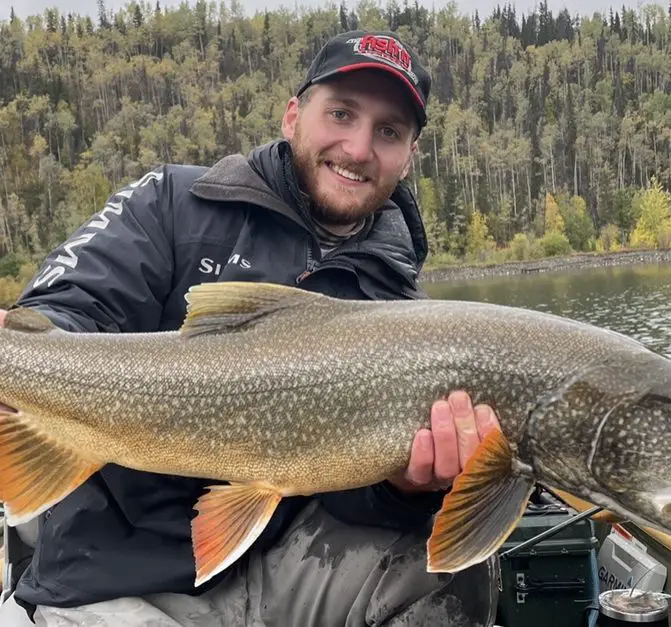
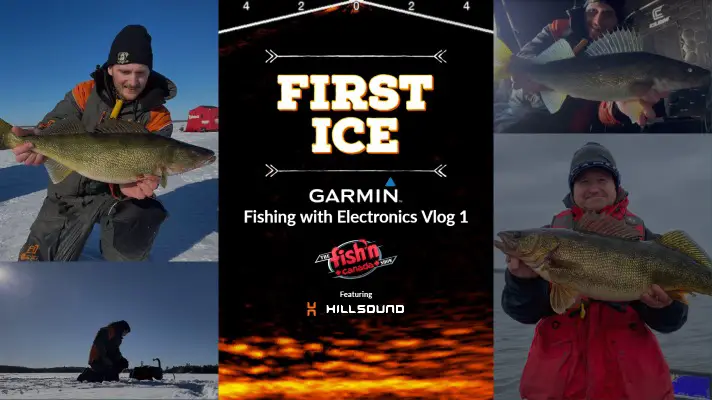
2 Responses
Hi Dean,
I suppose you are using the contour maps from navionics.
Is there an explanation, why Lake Nipigon does not have a bathymetric contour maps?
Regards,
Adrian Decsei
Hi Adrian,
Absolutely, I always check my contour maps before heading out. I have actually noticed that on Lake Nipegon as well and have not been able to find an explanation. It looks like most anglers in the area are paying for their charts from various websites.
On the bright side, this may keep the fishing pressure away from some of the more obvious spots on the lake!
Thanks again for reading, Adrian. Good luck on the water!
Dean